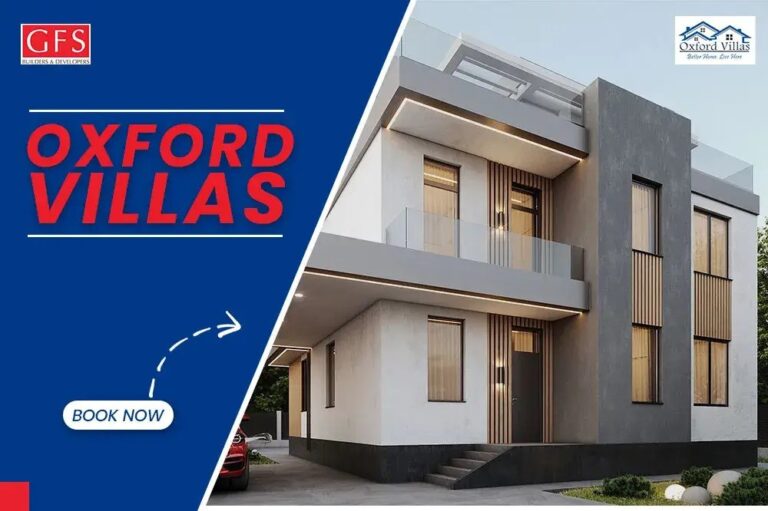In the ever-evolving world of construction, the integration of technology has brought about remarkable changes and improvements in various aspects of the industry. One such transformation that has gained significant traction in recent years is the use of Prefabricated MEP Drawings and Modeling. This innovative approach is reshaping the way construction projects are planned, executed, and completed. In this blog, we’ll explore the concept of prefabricated MEP drawings and modeling and how they are revolutionizing the construction industry.
What Are Prefabricated MEP Drawings and Modeling?
MEP systems are an integral part of any building, providing essential services such as heating, cooling, electricity, and plumbing. The traditional approach to MEP design and installation involved creating detailed drawings and plans on-site. However, this method often led to inefficiencies, delays, and increased costs due to the complexity of MEP systems.
Prefabricated MEP drawings and modeling involve designing these systems in a digital environment using Building Information Modeling (BIM) software. BIM allows for the creation of 3D models of the MEP systems, providing a comprehensive overview of how they will fit into the structure. These digital models serve as the foundation for prefabrication, streamlining the entire construction process.
Benefits of Prefabricated MEP Drawings and Modeling
Enhanced Coordination: One of the significant advantages of prefabricated MEP drawings and modeling is improved coordination between different trades. With 3D models, potential clashes or conflicts between MEP components, structural elements, and architectural features can be identified and resolved before construction begins. This coordination ensures that everything fits seamlessly, reducing costly rework.
Increased Efficiency: Prefabrication allows MEP components to be manufactured off-site in controlled environments. This results in better quality control and faster production. On-site installation becomes a breeze, as preassembled components simply need to be integrated into the building, saving time and labor costs.
Cost Savings: By identifying and resolving issues in the design phase, prefabricated MEP reduces costly change orders and rework during construction. Moreover, off-site manufacturing reduces waste and improves resource efficiency, resulting in overall cost savings for the project.
Shortened Construction Timelines: Prefabricated MEP components can be fabricated while site preparation and foundational work are underway, reducing project timelines. This means projects are completed faster, minimizing disruptions and allowing owners to start generating revenue sooner.
Improved Safety: Working in a controlled environment off-site enhances safety for workers. There is less risk of accidents due to adverse weather conditions, and safety protocols can be more rigorously enforced in a factory setting.
Sustainability: The controlled manufacturing of MEP components reduces waste, supports recycling and reusing materials, and improves overall sustainability. Prefabrication aligns with green building practices and environmental responsibility.
Challenges and Considerations
While the benefits of prefabricated MEP drawings and modeling are clear, there are some challenges and considerations to keep in mind:
Upfront Investment: Transitioning to prefabrication requires an initial investment in BIM software, training, and equipment, but the long-term benefits often outweigh these costs.
Expertise: Skilled professionals who are proficient in BIM and prefabrication techniques are crucial to the success of a project.
Project Size and Complexity: Not all projects may benefit equally from prefabrication. Smaller, less complex projects may not see the same advantages as larger, more intricate ones.
Supply Chain Management: Managing the supply chain for off-site manufacturing requires careful planning to ensure timely delivery of components to the construction site.
In conclusion, prefabricated MEP drawings and modeling represent a significant leap forward in the construction industry. By embracing the power of digital technology and off-site manufacturing, construction projects can enjoy improved efficiency, cost savings, and sustainability. The use of BIM and prefabrication has become a game-changer, enabling the industry to build smarter, faster, and more responsibly. As construction continues to evolve, it’s clear that the future is digital, and prefabrication is at the forefront of this exciting transformation.








